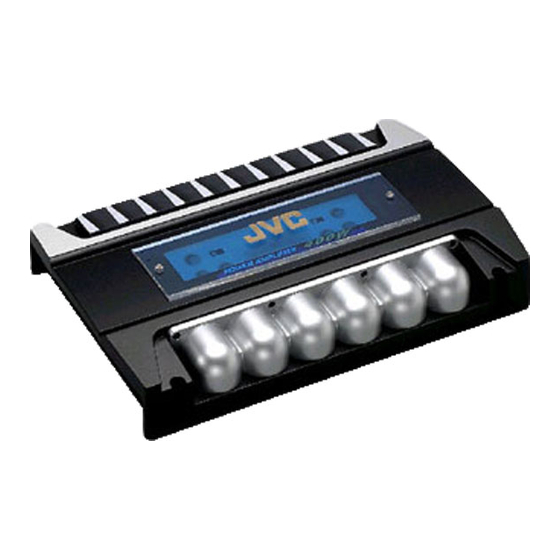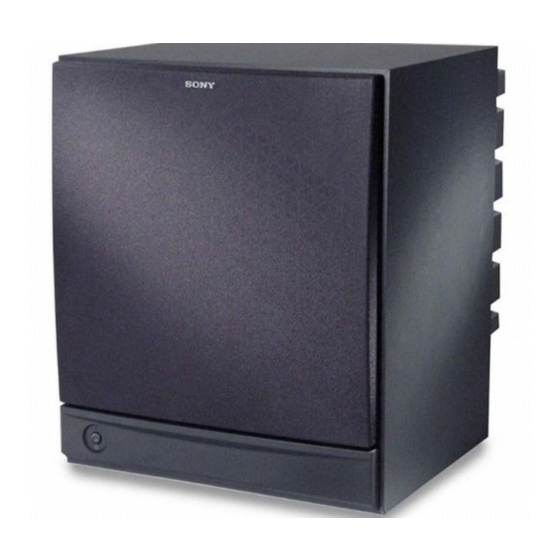solaraxis
Member
I'm a music maker and freshly budding circuit board enthusiast. I'm also extremely exhausted as I'm writing this so forgive the the short bits of info and any other thing that'll come off as lazy. I'll refine this and gloss over every detail to my current knowledge about my issue better when im rested. But here are the details. I really need help and I can't find any forums or documents online addressing this. I get zero power. No light, no hum, it's dead. The fuses below the power in box on the back seemed fine, and I double checked swapping voer another pair of fuses rated the same voltage but 1 amp higher. Still nothing. Absolute silence. I'm heart broken I really need to be able to monitor low end frequencies and without it it's impossible. Heres what I think may have happened...
I was experimenting with 5.1 digital surround, however I was lacking a pair of rear speakers. Now the way the 10s works is it acts as a passthrough for the signal that goes to your stereo monitors, applying a filter cut you can adjust to make sure everything is putting out the right tones. I think its safe to assume it also takes the stereo signal it recieves, processes it as mono then sends it back out as stereo, among its other features.. Needless to say, I wasnt going to get 5.1 surround with only three audio outputs and 4 speakers so like any rational person I isolated the signal and sent dobly 5.1 sub channel to the 10s, the left and right rokit 5 monitors were now independent on their respective channels also pushing a quieter more spacious rear left and right signal to emulate the rear positioning. After hours and hours of experimenting I finally managed to get it sounding pretty good, didnt blow any breakers, no other tech suffered damage, I was in the clear. I was compensating my patch cords a bit at this point and ended up using one of these https://www.amazon.com/RapcoHorizon-YSFM-XLR-Insert-Cable/dp/B0007VXZXQ. I think most things default to left for mono so i just sent the left channel in, and sitting right next to the amps left input is an output , and a vacant jack. I figured since I came this far, I might as well see what happens so I dropped the gains, inserted the cable and listened/looked for interference of any kind, at which point I heard none, just nice clean sub frequencies in surround. I watched the terminator 2 like that, listened to some music, played some video games, enjoying the fruits of my labor.
I don't know exactly when it happened, i think it was that night. I vaguely remember unplugging the output as well but i really cant be sure. Im trying to finish a project in the next few months but theres no way i could possibly do a proper mix now. I looked at the guts behind the backplate and with my dull-2-circuitboard eyes tried to see if i short circuited anything but I couldn't see any burns and breaks.. My best guess is that I sent a reversed oscilating electrical signal through that alternator looking coil and toasted it. the board itself looks really good to my knowledge..
Please if there is an expert who reads this, give me some direction. And I'm sorry if my lack of technical electrical knowledge is lacking and I sound dumb. Please help.
I was experimenting with 5.1 digital surround, however I was lacking a pair of rear speakers. Now the way the 10s works is it acts as a passthrough for the signal that goes to your stereo monitors, applying a filter cut you can adjust to make sure everything is putting out the right tones. I think its safe to assume it also takes the stereo signal it recieves, processes it as mono then sends it back out as stereo, among its other features.. Needless to say, I wasnt going to get 5.1 surround with only three audio outputs and 4 speakers so like any rational person I isolated the signal and sent dobly 5.1 sub channel to the 10s, the left and right rokit 5 monitors were now independent on their respective channels also pushing a quieter more spacious rear left and right signal to emulate the rear positioning. After hours and hours of experimenting I finally managed to get it sounding pretty good, didnt blow any breakers, no other tech suffered damage, I was in the clear. I was compensating my patch cords a bit at this point and ended up using one of these https://www.amazon.com/RapcoHorizon-YSFM-XLR-Insert-Cable/dp/B0007VXZXQ. I think most things default to left for mono so i just sent the left channel in, and sitting right next to the amps left input is an output , and a vacant jack. I figured since I came this far, I might as well see what happens so I dropped the gains, inserted the cable and listened/looked for interference of any kind, at which point I heard none, just nice clean sub frequencies in surround. I watched the terminator 2 like that, listened to some music, played some video games, enjoying the fruits of my labor.
I don't know exactly when it happened, i think it was that night. I vaguely remember unplugging the output as well but i really cant be sure. Im trying to finish a project in the next few months but theres no way i could possibly do a proper mix now. I looked at the guts behind the backplate and with my dull-2-circuitboard eyes tried to see if i short circuited anything but I couldn't see any burns and breaks.. My best guess is that I sent a reversed oscilating electrical signal through that alternator looking coil and toasted it. the board itself looks really good to my knowledge..
Please if there is an expert who reads this, give me some direction. And I'm sorry if my lack of technical electrical knowledge is lacking and I sound dumb. Please help.
































